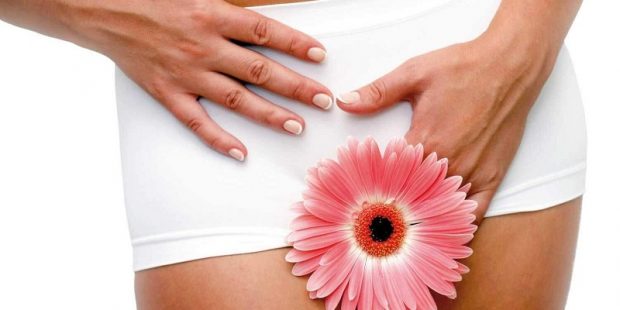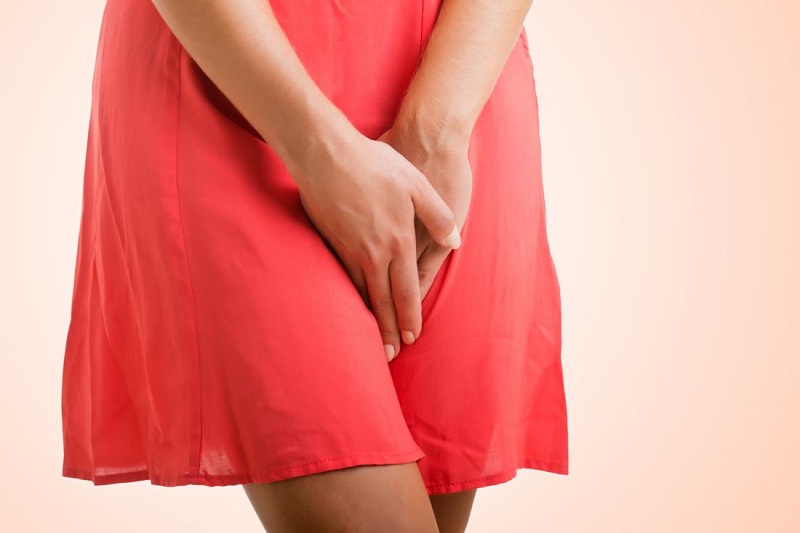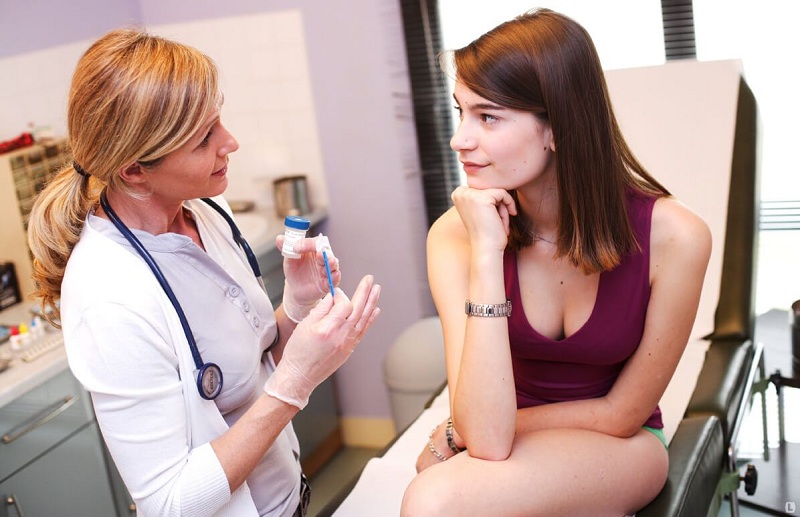
Both “good” and “bad” bacteria live in the vagina, and if a delicate balance between them is disturbed, then dysbacteriosis occurs. Vaginal dysbiosis is also called bacterial vaginosis, which is manifested by unpleasant secretions, a specific odor, itching, and other symptoms. What to do if you feel discomfort in the intimate area? How to get rid of vaginal dysbiosis? Let’s try to understand the problem, as well as offer effective treatment methods.
Causes of Vaginosis
A special type of bacteria called lactobacillus supports the slightly acidic flora in the vagina, so the “bad” microorganisms (Escherichia coli, Gardnerella vaginalis, Mycoplasma species) have no conditions for growth. But if the level of lactobacilli falls, then dysbacteriosis appears in women. Any of us can get it, but most often this happens in women who:
- have several sexual partners (sometimes one new one is enough) and preferring unprotected sexual intercourse;
- smoke a lot;
- often douche or wash away too fragrant soap with fragrances;
- use contraceptives with spermicides;
- neglect the rules of personal hygiene;
- wear non-breathing synthetic underwear;
- suffer from diseases of the urinary organs, hormonal disorders;
- underwent antibiotic or chemotherapy;
- experiencing psycho-emotional stress.
Vaginal dysbiosis often occurs after oral or anal sex. It is also promoted by metabolic disorders in the female body due to obesity, the presence of diabetes mellitus, beriberi, thyrotoxicosis, and blood diseases.
Signs of disease
About half of all women with vaginal dysbiosis do not show any complaints. Others notice in:
- turbid white-yellow, gray or greenish discharge;
- burning sensation when urinating;
- fishy smell, which becomes stronger after sex and during menstruation;
- pain during intimacy or after it;
- irritation and itching of the vulva.
If you feel discomfort in the vagina, which is accompanied by the above symptoms, do not delay the visit to the gynecologist.
Some of these symptoms are signs of sexually transmitted infections, in particular, Chlamydia, trichomoniasis, HPV (human papillomavirus), gonorrhea and others. Many women take vaginal dysbiosis for thrush (yeast infection), but it is not. That is why it is important to go on time to see a female doctor, who will perform all the necessary research and laboratory tests.
In rare cases, the infection spreads to the uterus and fallopian tubes, which can lead to pelvic inflammatory diseases and potentially infertility.
To clarify the diagnosis, the gynecologist will take a smear on the flora and, if dysbiosis is confirmed – the growth of pathogenic and conditionally pathogenic microorganisms, prescribe treatment. Before taking the test, it is not recommended to use vaginal creams or candles, have sex for 1-2 days, douche and go to the pool.
What drugs are used in vaginal dysbiosis?
For the treatment of bacterial vaginosis, metronidazole is usually prescribed orally or topically, in the form of suppositories or gel. To prevent the development of pathogens in the vaginal environment, the doctor may prescribe another antimicrobial drug – tinidazole or clindamycin. For the normalization of microflora, after treatment with antimicrobial agents, recommend probiotics (bifidobacteria, lactobacterin, acrylate) in the form of capsules or vaginal suppositories, a course for 10 days. In order to avoid relapses, the doctor will advise the patient to limit sweets, baking, salty, spicy and smoked food, add more fresh vegetables, fruits, dairy products to the diet.
Home remedies
At the first signs of vaginal dysbiosis, you can try the traditional methods of treatment:
- Immerse the tampon in milk or natural yogurt and paste deep into the vagina for several hours. You can also make a mixture of warm milk 200 ml and 1 teaspoon of turmeric and drink.
- Hydrogen peroxide is an excellent disinfectant that can also be used to treat vaginosis. Make a solution in equal quantities of water and 3% hydrogen peroxide, and then absorb the swab with the composition and insert into the vagina for 20-30 minutes.
- Apple cider vinegar helps to restore the pH of the vaginal environment and can make it an “inhospitable” place for anaerobes. Add half a cup of liquid to the bath and sit in it for 30 minutes.
- Coconut oil has an antibacterial effect and is used to soak tampons and further vaginal procedures for 2 hours.
Before using any home remedy, you should consult your doctor.
We hope that our article will help you get rid of vaginal dysbiosis in a short time. The main thing is not to start the disease, to prevent the development of complications!








